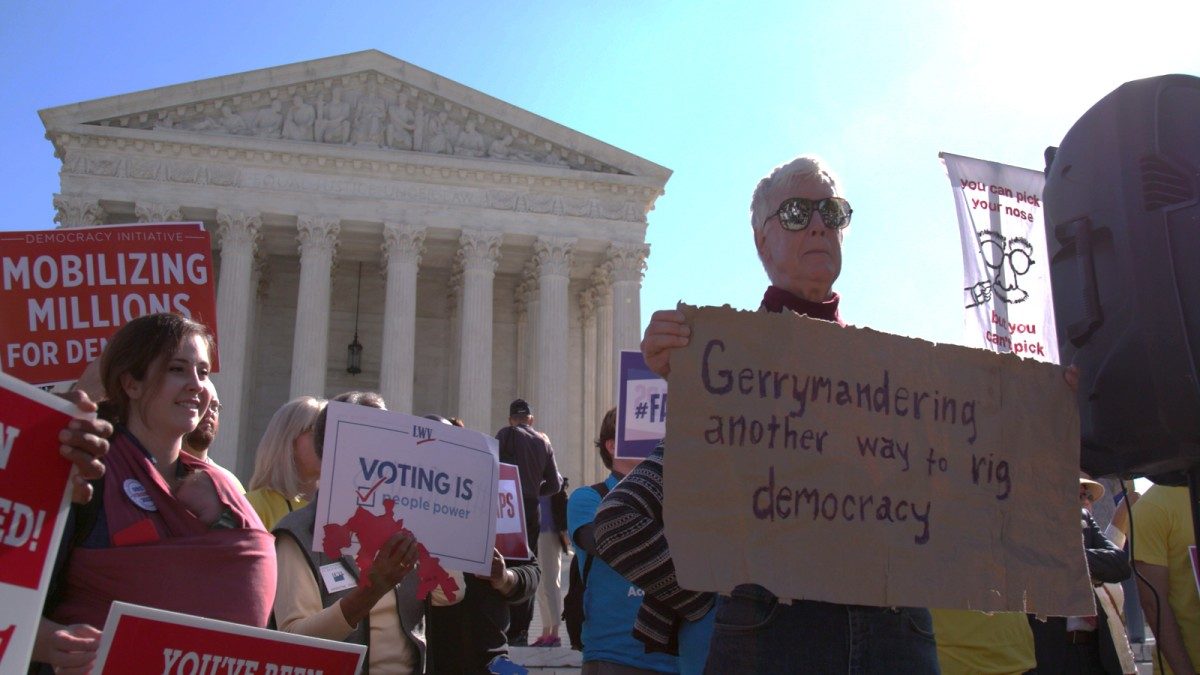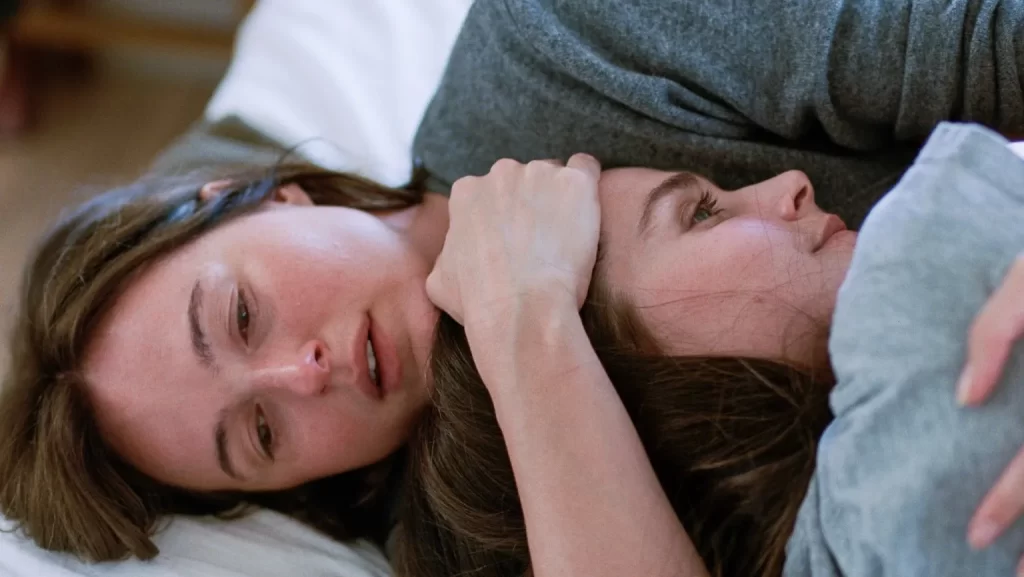Political documentaries are always tough to critique from a purely cinema-based standpoint, if only because the format is usually superseded by the importance of the message, and that message is usually a little biased. Even films that attempt to present an issue in a way that can appeal to left and right alike usually end up showing their hand at some point, preaching to the choir and alienating the audience that actually needs to hear what it’s trying to say. In short, these movies are usually a form of propaganda, but propaganda aimed toward an audience that never needed convincing in the first place.
Slay the Dragon is a political documentary, but one that has a strong grasp of good storytelling. Its central issue, gerrymandering, is also one that should appeal to audiences across party lines, even if one party is particularly guilty of the practice in its current iteration. Christopher Durrance and Barak Goodman’s film clearly conveys how legislator-driven redistricting works, and presents strong examples of its consequences. Regardless of your party affiliation, the film makes a strong case for how the system has been rigged, and what it does to the voting populace’s trust in democracy when their vote doesn’t count.
Durrance and Goodman use two midwest states most directly damaged by gerrymandering–Michigan and Wisconsin–to explore what happens when legislators are allowed to draw voting district lines in ways that all but assure them lifetime appointments. In Michigan, the filmmakers and their subjects argue that state legislators were able to override the expressed will of the voting public, leading to a series of decisions that caused the Flint water crisis. In Wisconsin, it led to the election of governor Scott Walker and the end of collective bargaining in the state, through an act passed by a Republican majority who no longer felt beholden to voters.

Between interviews with experts who explain how gerrymandering (the specific division of voting districts to benefit a single party) works, and why it’s led to a surge in state and national-level Republican leadership, Durrance and Goodman spend time with organized movements in Michigan and Wisconsin trying to put district-drawing power back in the hands of the people. In Michigan, they follow grassroots activist Katie Fahey as she attempts to get an initiative on the state ballot to allow an independent commission of citizens to determine voting districts. In Wisconsin, they focus on a group of plaintiffs trying to get the U.S. Supreme Court to declare the state’s district drawing unconstitutional.
Durrance and Goodman balance evenly between the two stories, cutting between them at crucial cliffhanger moments to keep the audience invested. Were it not so easy to invest in the fresh-faced optimism and idealistic enthusiasm of the figures involved, it might feel a little manipulative. Maybe it is, but the fact remains that by switching between the two plotlines at key moments, and by using journalists and political scholars to communicate the importance of what’s at stake (spoiler, it’s ultimately the fate of the entire democratic process), Slay the Dragon manages to keep the momentum going consistently. Fahey in particular has an infectious Leslie Knope level of community spirit that keeps us rooting for her.
One of these stories ends in defeat, the other in triumph. But as frustrating and hopeless as parts of Slay the Dragon can feel, it ultimately ends on a hopeful note. There’s a reason the film is being released right now: 2020 is a census year, and, consequently, a redistricting year. The film is a call for voters to educate themselves on the process and their rights, and a reminder that we do, in fact, have the power to make our voices heard if we’re willing to get involved. It’s easy to feel cynical about the democratic process in this country, and the film gives us plenty of reasons for cynicism. But Slay the Dragon argues that we don’t have to accept what we’re given. We have within us the capacity to make things better if we try, and that feels pretty empowering.
B
“Slay the Dragon” is now available on demand.



